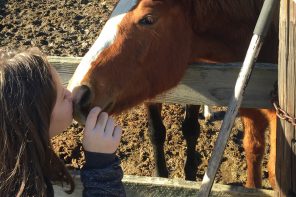Upon entering Connecticut’s Beardsley Zoo in Bridgeport, the first resident that the visitor encounters is Desmond, an Andean condor.
Admittedly, this fearsome-looking avian scavenger may not be the cutest animal in the zoo — unless, of course, you’re a female Andean condor. And that’s where things get interesting.
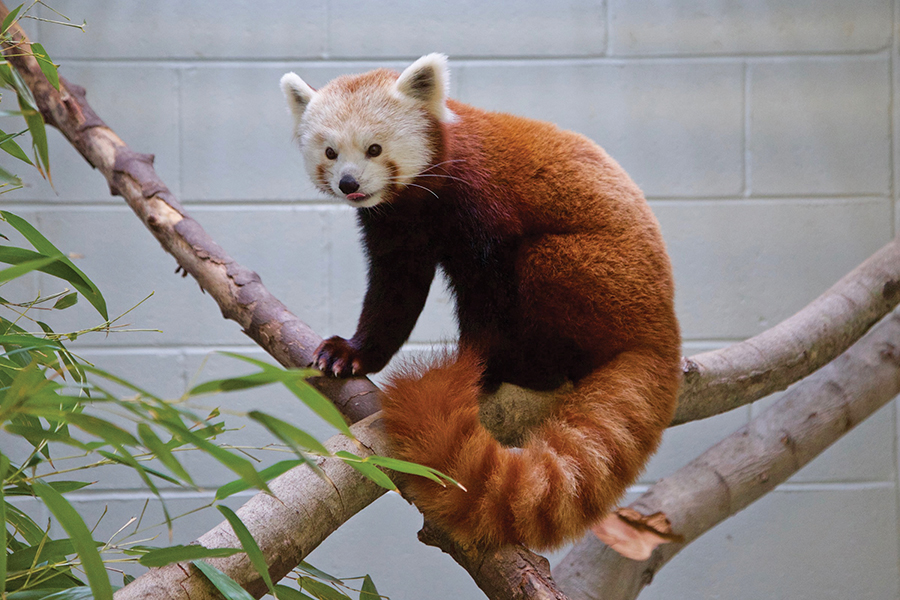
“Being an accredited member of the Association of Zoos and Aquariums (AZA), one of the main goals and objectives of our facility is conservation,” says Gregg Dancho, director of the zoo. “We work with endangered species as much as we can. When we look at species like the Andean condor, we are working within the Special Survival Plan (SSP) program to coordinate captive management through breeding or holding. Desmond is our male Andean condor — he is just going into breeding age — and we’ve had him since he was fledged out. More than likely, he’ll be leaving us to go into a breeding position with a female condor somewhere in the United States.”
Indeed, many of the feathered and furry denizens at the Beardsley Zoo may only be enjoying a time-limited Connecticut residence. “If there’s an SSP species in our facility, it doesn’t belong to us,” Dancho adds. “It belongs to the zoo collective.”
Dancho’s commitment to global conservation and the preservation of endangered species is eons removed from how zoologists viewed their job back in 1922, when the site was strictly viewed as a happy distraction for Jazz Age visitors. Initially, the 22-acre zoo hosted a hodgepodge of exotic animals, but over time its focus became more geographically focused.
“The zoo works mostly off North and South American animals and cold-weather Asian species,” Dancho explains. “That is done on purpose, due to our climate and our size and our resources. We cannot do African species like giraffes or elephants or rhinos.”
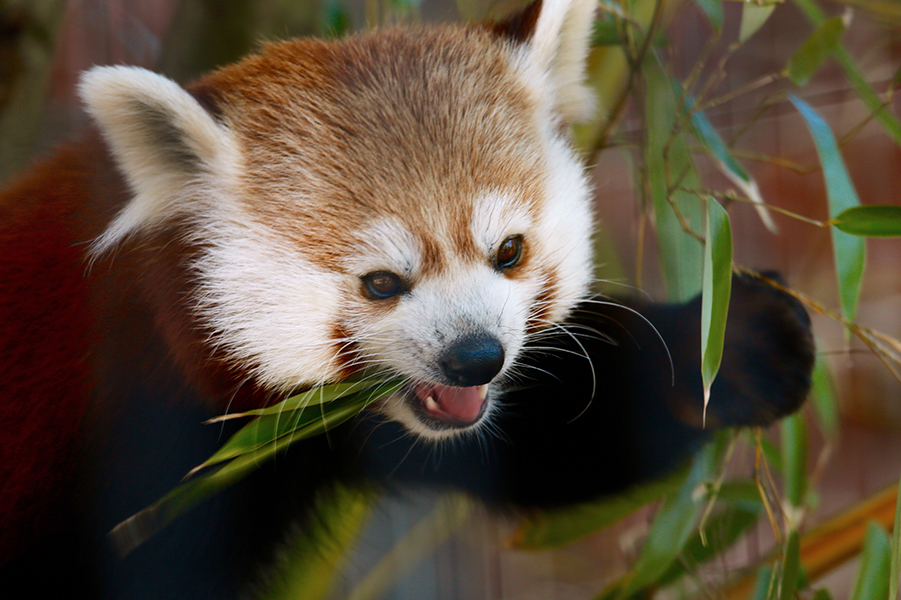
The zoo, which is run by the nonprofit Connecticut Zoological Society, concentrates on giving shelter to species that are either threatened or endangered in the wild. These range from the playful golden lion tamarin (a South American monkey whose wild population is roughly 1,000) to the mysterious Mexican wolf (with less than 150 left in the wild) to the majestic Amur leopard (an East Asian feline whose wild population is under 100). The Amur leopard’s survival is especially precarious, because its wildlife range includes North Korea, which lately seems more interested in nuclear missiles than species preservation. But Dancho offers assurance that conservation efforts are underway in that country.
“There are still scientific groups that work there,” he says. “Our fraternity is a little tighter than political fraternities. We get information from North Korea on the wild population. We want these animals to survive. In North Korea, there are ways to have researchers…work around the political process, because it is not a political issue for us.”
In December, the zoo saw the stork arrive — so to speak — with new bundles of joy. Amur tiger cub twins Reka and Zeya have become social media favorites thanks to their camera-friendly, kitten-cute demeanors. Sadly, their mother, Changbai, rejected them at birth, forcing the zoo staff to step in and play surrogate mom. Bonita the maned wolf has proved more the maternal type, showing saintly care for her three still-unnamed pups. Webcams keep the public updated on the pups’ progress.
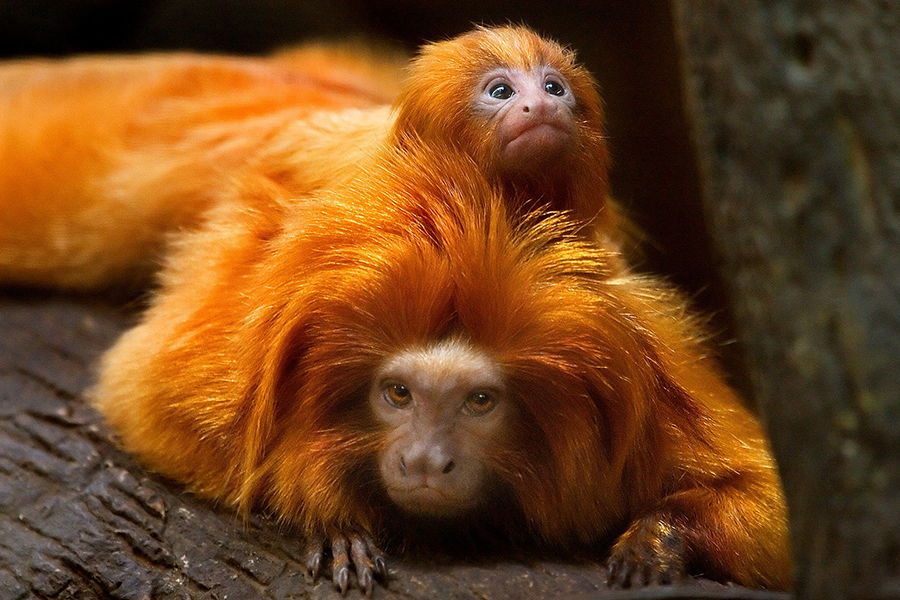
The zoo is hoping that more babies are on the way via its matchmaking efforts. Jabba the two-toed sloth has a new gal-pal in Hope, a recent arrival from the John Ball Zoo in Grand Rapids, Michigan, while Roshan the red panda is sharing his enclosure with Meri from the Brandywine Zoo in Wilmington, Delaware. The red pandas will soon be receiving a new exhibit space all to themselves. These Nepalese natives are now incongruously housed at the zoo’s Rainforest Exhibit, but a new standalone red panda enclosure is being planned for construction later this year. Other new exhibits for the spider monkeys and Andean bears are also in the works.
The zoo averages about 300,000 visitors per year, and it has become increasingly popular as a location for birthday parties and weddings. While promoting itself as Connecticut’s Beardsley Zoo, the zoo often gets overshadowed by a larger and more famous institution about an hour’s drive away.
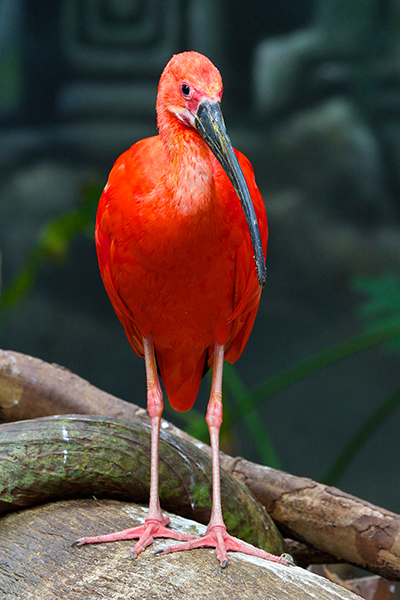
“The Bronx Zoo has been the quintessential zoo trip,” Dancho says, acknowledging that many Connecticut residents drive past his site to visit the New York landmark. “I went to the Bronx Zoo when I was in grammar school when I grew up in Stratford.”
However, one significant trend is working in the Beardsley Zoo’s favor — the new education focus on STEM (science, technology, engineering and mathematics) studies.
“We are seeing more and more school trips coming here,” Dancho continues. “And the students are getting to see the things they need to see and learn the things you need to learn. School trips are not just the end-of-the-year, get-the-kids-out-of-the-classroom mini-vacation. Now they are based in STEM programs.”
And who knows? Today’s grade school student visitor could be tomorrow’s leader in ensuring the protection of the world’s most endangered species.
The Beardsley Zoo is at 1875 Noble Ave. in Bridgeport. For more, visit beardsleyzoo.org or call 203-394-6565.



